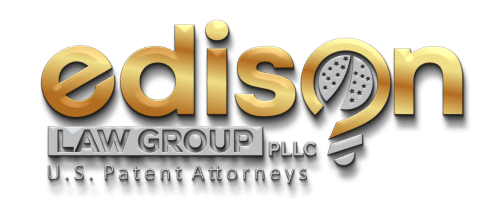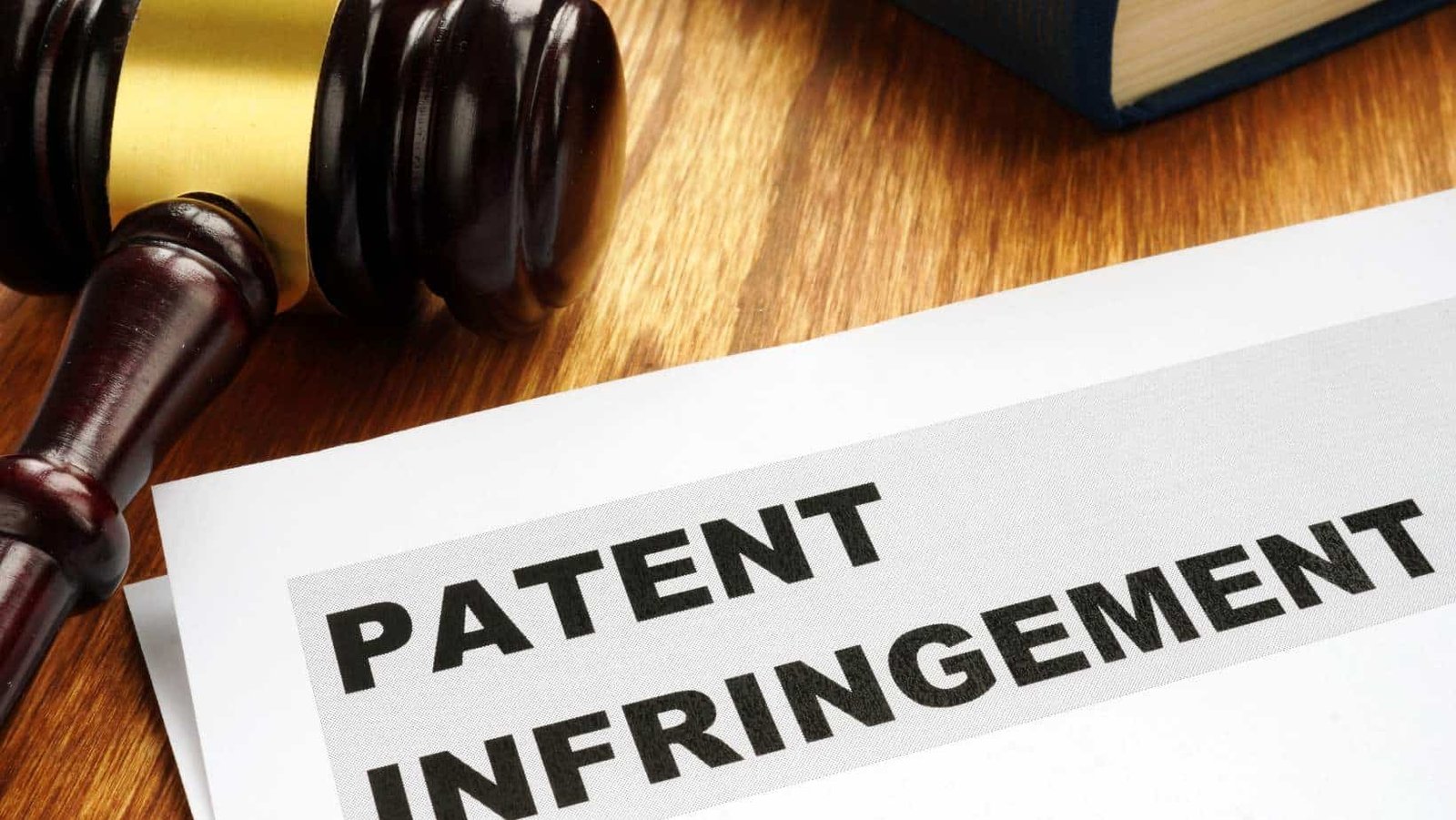How do you determine if a patent is infringed?
Determining whether a patent is infringed is a complex legal process typically involving a thorough analysis by legal professionals. Here are the general steps and factors considered in determining patent infringement
- Understand the Patent Claims: The first step is to carefully examine the claims of the patent. The claims define the scope of the patented invention.
- Comparison of Accused Product/Process: Compare the accused product or process to the claims of the patent. Determine whether each element of at least one claim is present in the accused product or process.
- Literal Infringement: Literal infringement occurs when the accused product or process includes each and every element of at least one claim of the patent. If this is the case, it may be a clear case of literal infringement.
- Doctrine of Equivalents: Even if there is no literal infringement, the doctrine of equivalents may come into play. This doctrine considers whether the accused product or process is substantially equivalent to the patented invention.
- Claim Construction: Courts often engage in claim construction to interpret the meaning of the terms in the patent claims. The interpretation can significantly impact whether infringement has occurred.
- Consideration of Defenses: The alleged infringer may present defenses, such as claiming that the patent is invalid or unenforceable. These defenses could affect the determination of infringement.
- Expert Testimony: In some cases, experts may be called upon to provide testimony regarding technical aspects of the patent and the accused product or process.
- Prior Art Analysis: Prior art refers to existing technology or publications before the patent filing date. The accused product or process may not infringe if it falls within the scope of prior art.
- Indirect Infringement: Indirect infringement, such as contributory infringement or inducement to infringe, may also be considered. This occurs when a party is not directly infringing but is contributing to or inducing infringement by others.
- Jurisdiction and Venue: The determination of infringement may also depend on the jurisdiction and venue in which the legal action is brought.
- Claim Charts and Infringement Opinions: Claim charts are often used to visually illustrate how each element of a claim is met by an accused product or process. Infringement opinions from legal professionals may also be sought.
What are examples of patent infringement?
Patent infringement examples can vary across different industries and technologies. For instance, in the tech sector, if a company produces a smartphone with features that are covered by an existing patent, such as a unique user interface or a specific method for data processing, and it does so without the patent holder’s permission, it may be considered a case of patent infringement. Similarly, in the pharmaceutical industry, manufacturing and selling a generic version of a patented drug before the expiration of the patent could lead to infringement claims.
Another example could be in the field of manufacturing, where a company might develop a production process that mirrors a patented method for creating a particular product. If the patented method involves a novel and non-obvious way of combining materials or performing a specific sequence of steps, using a similar process without authorization could result in a claim of patent infringement. In such cases, the patent holder may seek legal remedies to enforce their exclusive rights and potentially seek damages for any economic harm caused by the infringement.
What are the 2 types of patent infringement?
Patent infringement can be categorized into two main types: literal infringement and infringement under the doctrine of equivalents.
Literal Infringement:
Definition: Literal infringement occurs when the accused product or process includes each and every element of at least one claim of the patent as they are written.
Criteria: To establish literal infringement, every element of the claim must be present in the accused product or process in the same way as described in the patent.
Infringement under the Doctrine of Equivalents:
Definition: The doctrine of equivalents extends the scope of patent protection beyond the literal language of the claims. It allows a finding of infringement even if there are insubstantial differences between the accused product or process and the patented invention.
Criteria: Infringement under the doctrine of equivalents is based on the idea that an accused product or process is equivalent to the patented invention, even if it does not literally meet all the claim elements. The test for equivalence often involves assessing whether the differences between the accused and patented elements are insubstantial to a person of ordinary skill in the art.
How is a patent violation different from a patent infringement?
The terms “patent violation” and “patent infringement” are often used interchangeably, but they essentially refer to the same concept. Both describe the unauthorized use, manufacture, sale, or importation of a patented invention, which is a breach of the exclusive rights granted to the patent holder. In legal contexts, the term “infringement” is more commonly used, while “violation” may be used more casually. Generally, when someone speaks of a “patent violation,” they are referring to a situation where the rights of a patent holder are being unlawfully encroached upon, which aligns with the concept of patent infringement.
Is infringement of a patent a crime?
No, patent infringement is not a crime; it is a civil matter. Patent infringement cases are typically resolved through civil litigation in which the patent holder seeks remedies such as injunctions to stop the infringing activity and monetary damages for any harm caused. However, if a party engages in willful and intentional patent infringement, it may be subject to enhanced damages in civil proceedings. While patent infringement itself is not a criminal offense, certain activities related to patents, such as fraud during the patent application process or theft of patented trade secrets, may have criminal implications under different laws, such as those governing fraud or intellectual property theft.
What happens if a patent is infringed?
If a patent is infringed, the patent holder typically has the right to take legal action against the infringing party. The patent holder may file a lawsuit in a civil court seeking remedies such as injunctive relief to stop the infringing activities and monetary damages to compensate for any losses incurred. In some cases, the court may also award the patent holder attorneys’ fees. The infringing party may be required to cease the production, sale, or use of the infringing product or process. The legal process can be complex, and outcomes vary based on factors like the strength of the patent, the specifics of the infringement, and legal defenses presented by the accused party. If the patent holder prevails in court, they may be awarded damages based on factors such as lost profits or a reasonable royalty for the unauthorized use of the patented invention.
Can someone steal my idea if I have a patent pending?
While having a patent pending provides some level of protection, it doesn’t guarantee absolute immunity from others using or attempting to commercialize a similar idea. Until a patent is granted, the protection is not fully realized. During the patent-pending phase, it’s crucial to keep information confidential and not disclose more than necessary. Additionally, the strength and enforceability of a patent can only be determined once it’s granted. If someone tries to steal your idea during the patent-pending period, taking legal action or leveraging evidence of your earlier filing date may be necessary to protect your rights once the patent is granted. Consulting with a patent attorney to understand the specific legal options available is advisable.
What is the most common remedy for patent infringement?
The most common remedy for patent infringement is the issuance of an injunction, which is a court order that prohibits the infringing party from continuing the unauthorized use, manufacture, sale, or importation of the patented invention. In addition to injunctions, monetary remedies are often sought. The patent holder may be awarded damages, which can include compensation for actual financial losses suffered due to the infringement or a reasonable royalty for the unauthorized use of the patented technology. The specific remedies granted depend on the circumstances of the infringement, and courts may consider factors such as the willfulness of the infringement, the economic harm suffered by the patent holder, and any available legal defenses.

